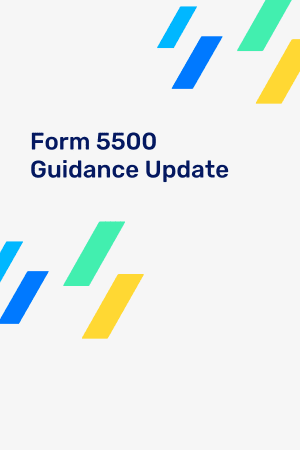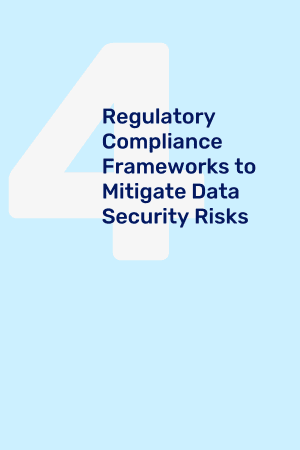Employee Benefit Plans Audits
Timely & Accurate Adherence to Fiduciary & Regulatory Standards
In today’s competitive economy, companies must not only differentiate themselves among competition, but they must offer a strong benefit plan to attract and retain top talent. As you increase your benefit plan participants an employee benefit plan audit is necessary. As obvious as this may seem, the real challenge lies in staying up to date on the complex and rapidly changing rules and regulations from the American Institute of Certified Public Accountants (AICPA), the Department of Labor (DOL), and Internal Revenue Service (IRS) to meet the requirements of an audit.
Even if plan administrators are able to stay up to date, fully understanding the implications of these rapid changes on your benefit plan can be daunting. With growing responsibilities and increased scrutiny of plan administrators, fiduciaries require a proven partner to meet the needs of their employee benefit plan audit, while maintaining regular plan operations.
Our dedicated employee benefit plan team performs more than 140 audits annually for public and private businesses and organizations of all sizes in all industries. Our clients’ plans range from 100 to 250,000 plan participants. With SC&H as your employee benefit plan auditor, you can expect:
Accurate and timely audit completion
Best practice recommendations
Reporting knowledge for all defined contribution plans
Document due diligence advisement and consulting
Expertise in defined benefit and health and welfare plans
Timely form completion and compliance with deadlines
Comprehensive Audit Capabilities
Our team is made up of members of the AICPA Employee Benefit Plan Audit Quality Center, we annually attend and speak nationally about employee benefit plan best practices. Through these sources and our extensive internal continuing education, our team maintains the strongest technical knowledge of GAAP and ERISA requirements, ensuring we have the expertise and ability to serve your employee benefit plan audit needs. We audit various types of qualified retirement plans as follows:
- 401(k) plans
- 401(a) plans
- 403(b) plans
- Prevailing wage plans
- Employee stock ownership plans (ESOP)
- Pension plans
- Health and welfare plans
Reduce Risk & Liability
Contact our team today to learn more about employee benefit plan regulations, standards, and best practices for establishing effective controls and ensuring timely completion of plan audits.
talk with an expert



